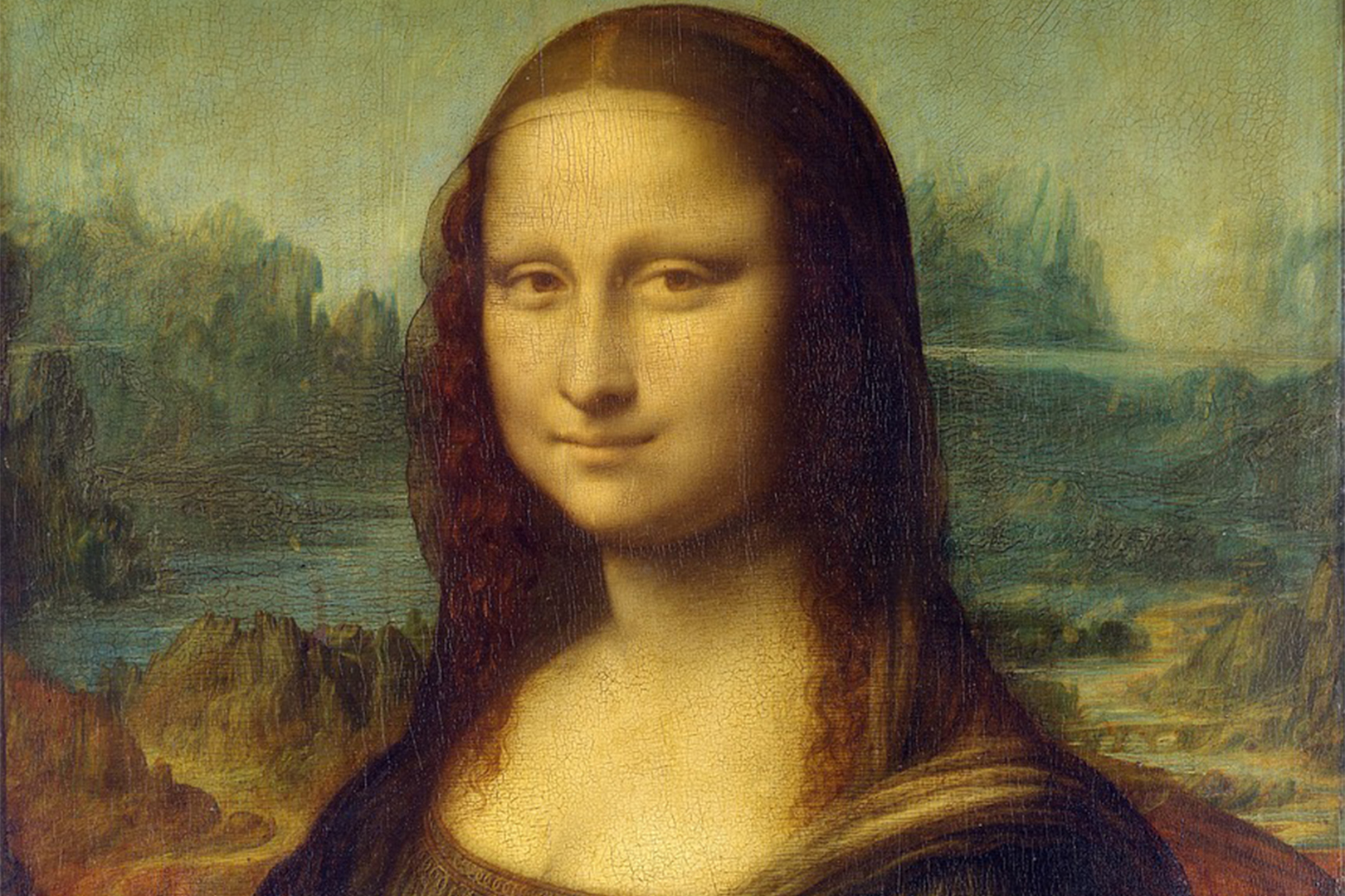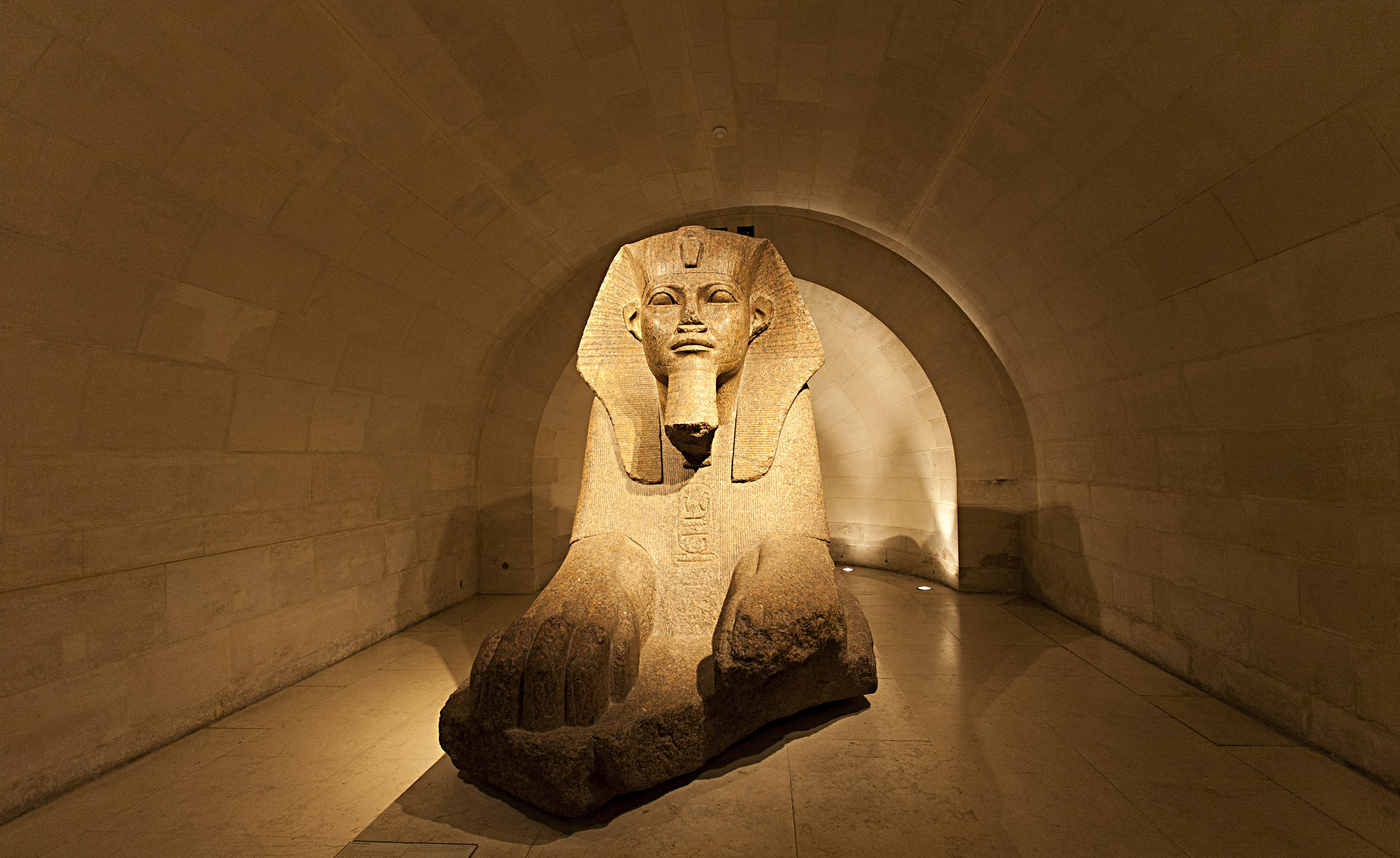See the grand Champs-Élysées, Eiffel Tower, and the Arc de Triomphe. Delve into the hidden squares and secret passages of Paris's historic neighborhoods
Top Exhibits at the
Louvre in Paris, France
Louvre in Paris, France

The Louvre is not just a museum; it is one of humanity’s greatest repositories of art and culture. Nestled along the River Seine in the heart of Paris, France, the Louvre began as a medieval fortress in the 12th century before evolving into a royal palace and, eventually, the world’s most visited museum. Since opening to the public in 1793, it has grown into a monumental archive of artistic achievement spanning over 9,000 years and countless civilizations.
Housing more than 35,000 works, the Louvre represents the soul of Europe’s artistic and cultural heritage. Its vast collection ranges from ancient Egyptian artifacts to Renaissance masterpieces and neoclassical monuments. Today, nearly 10 million visitors each year are drawn to its glass pyramid entrance, an architectural landmark that mirrors the museum’s blend of tradition and innovation. Inside, travelers embark on an unforgettable journey through history, creativity, and human expression.
The Top Exhibits you need to see at the Louvre
Exploring the Louvre can feel like traveling through time. Its most celebrated pieces not only define artistic excellence but also tell stories of innovation, symbolism, and global influence.

1. Mona Lisa
Leonardo da Vinci (Painting)
Arguably the most famous painting in the world, Leonardo da Vinci’s Mona Lisa has captivated audiences for centuries. Painted in the early 16th century, it is renowned for the sitter’s enigmatic expression and the artist’s pioneering use of sfumato, a technique that softens transitions between colors. Her mysterious gaze and subtle smile seem to shift as you move, drawing viewers into a personal dialogue across time. Though modest in size, the painting commands immense attention in the Denon Wing. Its theft and recovery in 1911 only amplified its mystique, making it a universal symbol of the Renaissance and human artistry.

2. Victoire de Samothrace/Winged Victory of Samothrace
Hellenistic Greek (Sculpture)
Created in the 2nd century BCE, this marble figure of Nike, the goddess of victory, embodies motion and triumph. Positioned on the Daru staircase, she appears to descend onto a ship’s prow, her garments swept by sea winds. Reassembled from fragments found on Samothrace, the sculpture captures both strength and grace, greeting visitors with breathtaking vitality and emotion.

3. Liberty Leading the People
Eugène Delacroix (Painting)
Painted in 1830 to commemorate France’s July Revolution, Delacroix’s masterpiece captures the spirit of freedom and unity. Liberty, depicted as a strong woman waving the French tricolor, strides forward amid revolutionaries from all walks of life. The painting’s vivid emotion and dynamic brushwork embody Romanticism’s call for passion and individuality. It remains an enduring emblem of revolution, inspiring movements and creative works across centuries.
4. The Wedding Feast at Cana
Paolo Veronese (Painting)
Measuring over 22 feet tall and 32 feet wide, Veronese’s Wedding Feast at Cana is the Louvre’s largest painting. Painted in 1563, it depicts the biblical miracle of turning water into wine, set amid an opulent Venetian banquet. The vibrant figures, masterful light, and architectural depth immerse viewers in Renaissance exuberance.

5. Venus de Milo
Hellenistic Greek (Sculpture)
Unearthed on the island of Milos in 1820, the Venus de Milo epitomizes classical beauty. Believed to represent Aphrodite, goddess of love and beauty, the statue’s missing arms have inspired centuries of speculation about her original pose. Her serene expression and graceful drapery showcase the idealized proportions and poise that defined Hellenistic sculpture. Today, she continues to symbolize timeless elegance and the mystery of ancient art.

6. Great Sphinx of Tanis
Ancient Egypt (Sculpture)
Carved from pink granite around 2600 BCE, the Great Sphinx of Tanis fuses the strength of a lion with the intelligence of a human. Weighing nearly 26 tons, it is one of the largest sphinxes outside Egypt. Its commanding presence in the Egyptian Antiquities collection links ancient royal power with divine symbolism, offering visitors a profound connection to one of the earliest artistic civilizations.
7. The Seated Scribe
Old Kingdom Egypt (Sculpture)
Dating from around 2600 BCE, this limestone statue portrays a royal scribe with striking realism. His intelligent gaze, created with inlaid eyes of crystal and copper, gives him an almost living presence. Unlike divine statues, this piece celebrates a human profession, honoring the intellectual role of the scribe in Egyptian society and the afterlife.

8. The Coronation of Napoleon
Jacques-Louis David (Painting)
This monumental painting, completed in 1807, immortalizes Napoleon’s coronation in Notre Dame Cathedral. Instead of receiving his crown from the Pope, Napoleon crowns himself, a declaration of independence and power. David’s meticulous attention to detail and dramatic composition convey both grandeur and political narrative. Standing before the 20-foot-wide canvas feels like entering the ceremony itself.
9. The Raft of the Medusa
Théodore Géricault (Painting)
Completed in 1784, this neoclassical masterpiece illustrates the Roman legend of three brothers pledging loyalty to defend their city. Its composition, with bold lines and measured balance, symbolizes discipline and civic virtue. The painting became a call to patriotism during the Enlightenment and foreshadowed the ideals of the French Revolution.

10. Human-Headed Winged Bulls (Lamassu) from Khorsabad
Assyria (Sculpture/Architectural)
These colossal guardians once flanked the gates of King Sargon II’s palace in 8th-century BCE Assyria. Each figure combines the body of a bull, wings of an eagle, and face of a man, symbolizing strength and wisdom. Ingeniously carved with five legs, the Lamassu appear still when viewed head-on and stride forward from the side, demonstrating the Assyrians’ mastery of perspective. Their sheer scale and intricacy convey the authority of ancient kings and the power of divine protection.
11. Code of Hammurabi
Babylon (Inscribed Stele)
Created around 1750 BCE, this basalt stele preserves one of humanity’s first legal systems. The Code of Hammurabi features 282 laws that guided Babylonian society, crowned by a carving of King Hammurabi receiving authority from the sun god Shamash. Standing over seven feet tall, it represents the early pursuit of justice and moral order, the cornerstones of a modernizing civilization.
Hidden Gems at the Louvre
While the Mona Lisa and Venus de Milo get most of the attention, the Louvre is full of treasures that many visitors overlook. Exploring a few of these hidden gems not only helps you escape the crowds, but also gives you a richer experience of the museum’s vast collection.
Lesser-Known Highlights
-
The Lamassu of Mesopotamia – These colossal winged bulls with human heads once guarded Assyrian palaces. Their sheer size and intricate carvings make them unforgettable.
-
Medieval Louvre Foundations – Deep in the lower levels of the museum, you can walk among the original stone walls of the medieval fortress that once stood on the site. It’s like stepping back into Paris’s early history.
-
Napoleon III Apartments – Tucked away in the Richelieu Wing, these opulent 19th-century rooms are dripping with chandeliers, velvet, and gilded furniture. A completely different vibe from the galleries, they show the Louvre’s palace past.
-
The Galerie d’Apollon – This dazzling gallery is decorated with golden ceilings and houses the French Crown Jewels. It’s as jaw-dropping as Versailles, but often far less crowded.
-
Psyche Revived by Cupid’s Kiss – Antonio Canova’s marble masterpiece captures a moment of tender romance. A must for lovers of sculpture.
-
The Islamic Art Collection – An airy, modern space beneath a sweeping glass roof, showcasing centuries of art from across the Islamic world—beautifully displayed and often less busy.
Why Explore Beyond the Icons?
Taking time to wander off the main path lets you experience the Louvre’s incredible range. From ancient civilizations to decorative arts and architecture, these quieter corners reveal just how much more the museum holds. Plus, you’ll get a welcome break from the bustle around the most famous works.































